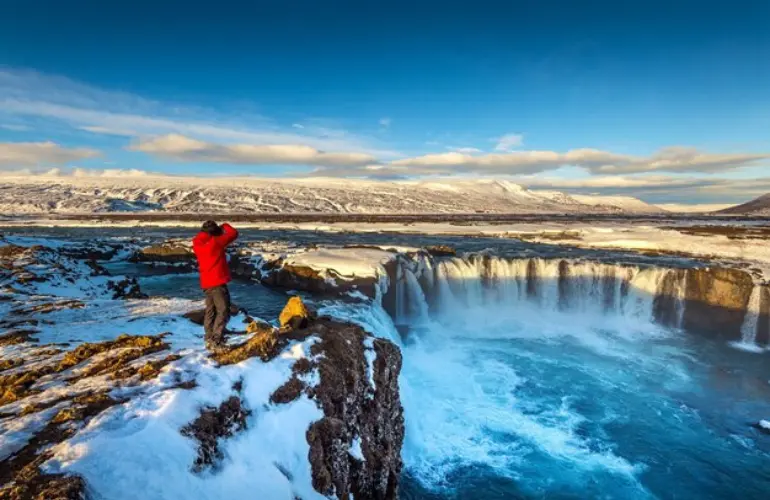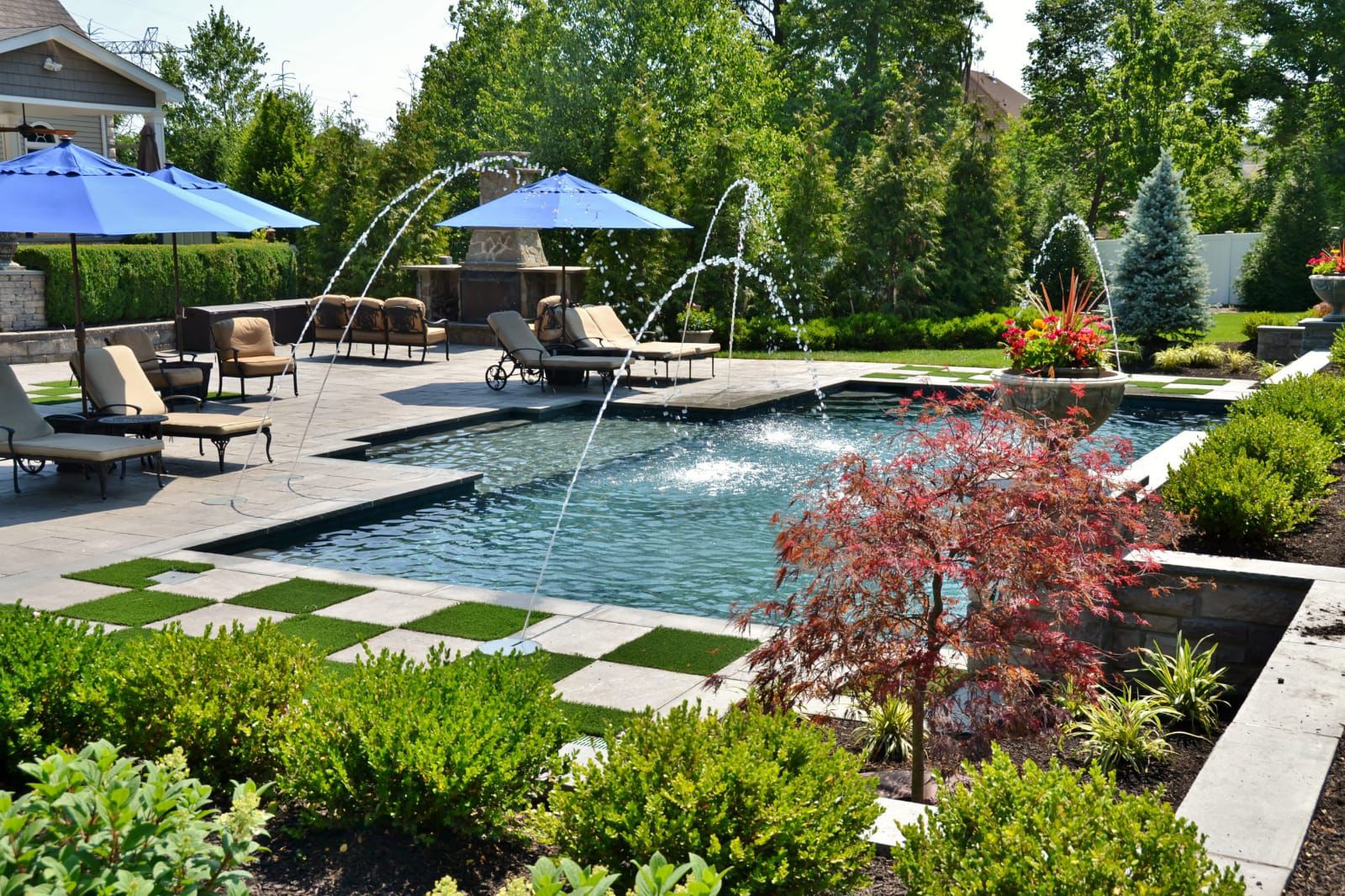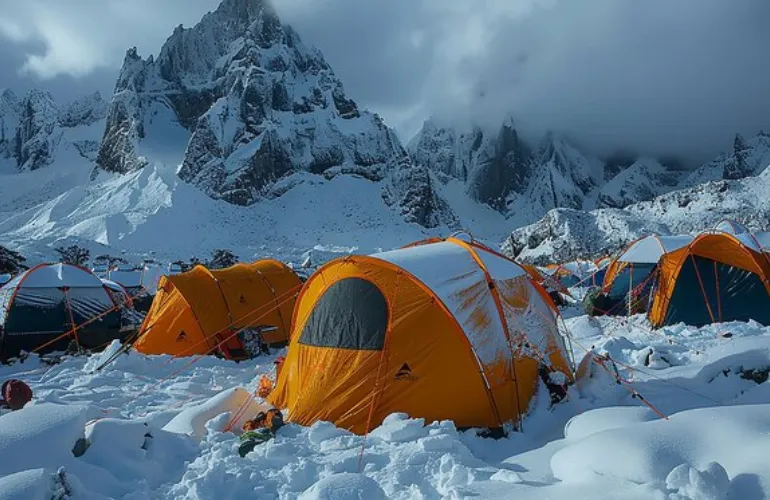Iceland is a land of natural wonders, fascinating scenery, and unforgettable experiences. From the many waterfalls that inspire awe to magnificent glaciers, the places to visit in Iceland have something for every kind of traveler.Whether you are a nature lover, an adventure enthusiast, or someone who just wants to laze around in tranquility, Iceland has it all. While exploring Iceland, you might also consider planning your next adventure to another incredible destination—Thailand. The contrast between the icy landscapes of Iceland and the tropical paradise of places to visit in Thailand will give you a unique travel experience. Let’s plunge into the most important places to visit in Iceland and discover what makes Iceland just so special.

Explore the Magical Blue Lagoon and Its Soothing Waters
The Blue Lagoon is Iceland’s most-visited attraction, a popular balneotherapy geothermal spa that aligns over the Reykjanes Peninsula. Characterized by its striking blue-colored waters with plenty of minerals including silica and sulfur, it is easily associated with alleviating certain skin disorders. Warm, milky blue water stands in soft contrast to dark lava rock, setting the scene for an otherworldly experience. The location, only 40 minutes from Reykjavik, is a great stop either at the beginning or end of your journey. For more information, visit here.
Discover Wonders of Golden Circle:Places to Visit in Iceland
One of the most popular sightseeing routes is the Golden Circle, which includes three of the most famous places to visit in Iceland: Thingvellir National Park, the Geysir Geothermal Area, and Gullfoss Waterfall. Thingvellir National Park is a UNESCO World Heritage site because of its historical value and the geological rift between the North American and Eurasian tectonic plates. The Strokkur geyser is situated within the Geysir Geothermal Area and erupts every 5-10 minutes, shooting boiling water as high as 20 meters into the air. Finally, Gullfoss, or the Golden Waterfall, is an amazing two-tier waterfall that falls deep down into a rugged canyon.
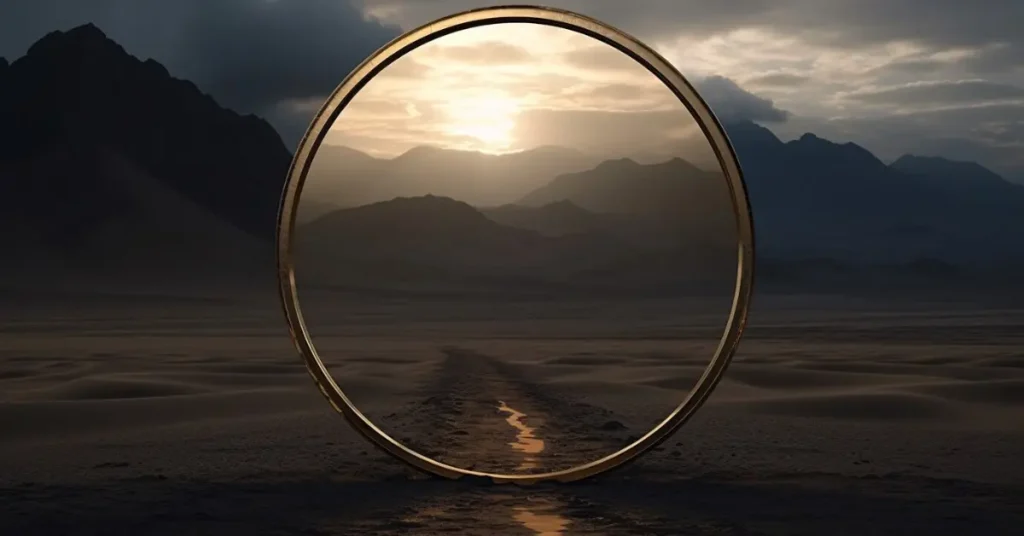
Take in the Enchanted Town of Vik and Black Sand Beaches
On the southern coast, Vik is a beautiful little town with dramatic black sand beaches, giant basalt columns, and powerful waves. The most iconic among them is Reynisfjara Beach, which is mainly known for its jet-black sand, Reynisdrangar sea stacks, and basaltic cliffs. A massive rock formation with a huge hole carved through it by the sea-the Dyrhólaey arch-offers panoramic views of the surrounding area. You might even spot puffins nesting on the cliffs if you’re visiting between May and August. 4. Vatnajökull National Park: Ice Caves and Glacier Adventures If it’s glacial experiences you’re coming for, then Vatnajökull National Park is one of the best places to visit in Iceland. It features Europe’s largest glacier, the Vatnajökull, and from here, you have to take an ice cave tour in order to explore the stunning blue ice formations within. Jökulsárlón Glacier Lagoon is one more park highlight: a large, glacial lake filled with floating icebergs. The nearby Diamond Beach allows the icebergs to wash up on the shore, causing a breathtaking sight when they glitter against the black sand.
See the Northern Lights in the Countryside of Iceland
No Iceland trip will ever be complete without an experience of viewing the Northern Lights, or Aurora Borealis, dancing across the night sky. This is because it is best seen from September to April, and the farther away you are from city lights, the better chance you have. There are great opportunities at such places as Thingvellir National Park, Jökulsárlón, and even the environs of Reykjavik. In all, the colours across the sky create a dreamlike scene that may only leave the viewer in wonder.
Scenic Drive on the Ring Road to Hidden Treasures
It is also called Route 1, and the Ring Road circles the entire island. Hence, one of the best ways to discover Iceland is by traveling around it. This will take you through volcanic deserts, green valleys, fjords, and coastal cliffs. Quaint villages, beautiful waterfalls such as Seljalandsfoss and Skogafoss, and other interesting natural features dot the way. The freedom to stop anywhere gives leeway to find hidden gems that are not in the usual tourist way.
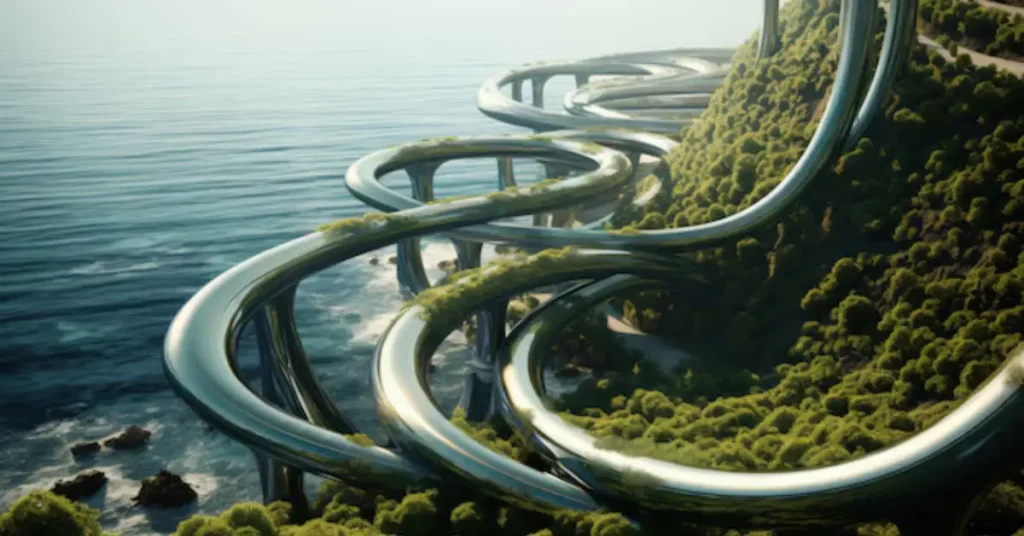
Conclusion:
Exploring the places to visit in Iceland is something different; it houses the perfect combination of rugged landscapes, serene nature, and unforgettable experiences. From the soothing waters of the Blue Lagoon to the raw power of Gullfoss Waterfall, each location tells a different story about the unique natural wonders Iceland has. Be it a short or long adventure, Iceland promises to leave one with lifetime memories.
1. What is the best time to go in Iceland?
The best time to go in Iceland is during the months of June, July, and August when the weather is mild, and days are almost 24 hours long. If you want to see the Northern Lights, September to April is a good time.
2. How long does it take to drive around Iceland?
Driving it nonstop on the entire Ring Road would take approximately 12 to 13 hours, but to actually view its sights and attractions, a week to ten days is highly recommended.
3. Are ice caves open all year round in Iceland?
Well, typically, ice caves open from November to March. However, entrance to the ice caves in summer, too, is provided by the glacier tours under good conditions.
4. Is it possible to swim in the Blue Lagoon?
Yes, it is allowed to swim in the Blue Lagoon, and the warm, mineral-rich water relaxes and offers several health benefits.
5. How expensive is traveling in Iceland?
Iceland belongs to the group of the most expensive destinations for travel. Yet, planning in advance with budget-friendly accommodations and exploring free natural attractions could help with costs.

